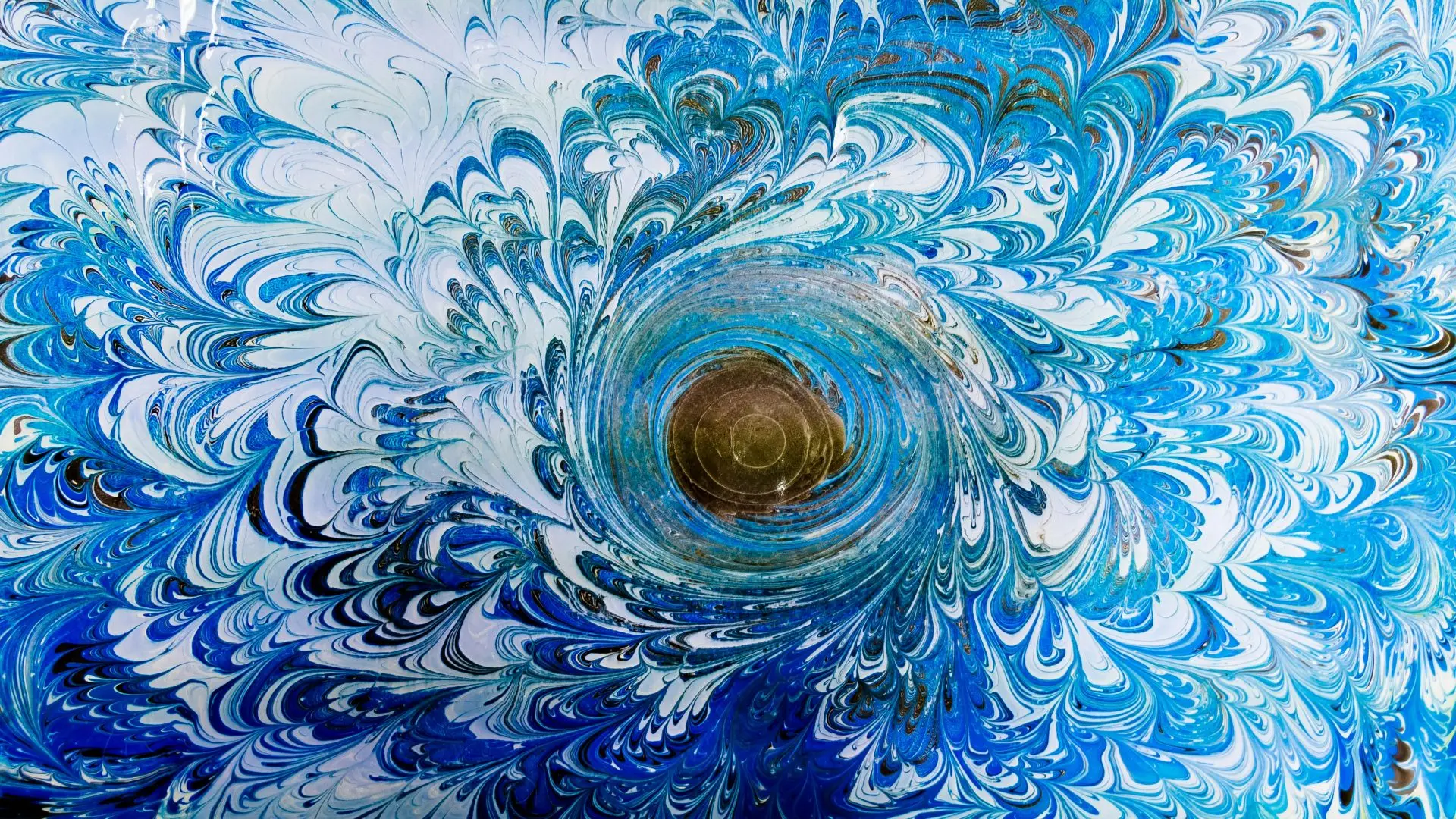Helheim: Realm of the Dead in Norse Myth

Looking for more amazing products? Check out our online store and explore our collection here! Happy shopping!
Before diving in, please note: This post is for informational purposes only. If you’d like to know more about how we approach topics, feel free to check out our friendly Disclaimer Page.
Hey there, amazing readers! 
We’re committed to delivering quality posts, and your support (even just sticking around despite the ads) means everything to us. So, bear with us, and thanks for helping us keep the good vibes rolling. Now, on to the fun stuff!
TRANSLATE BUTTON AT THE END OF THE ARTICLE
Helheim: Realm of the Dead in Norse Myth
Overview
Helheim, also known as Hel, is one of the nine realms in Norse mythology and is often depicted as the realm of the dead.
It is a mysterious and fascinating place that plays a crucial role in the afterlife of Norse warriors.
In this article, we will explore the origins, significance, description, and inhabitants of Helheim, as well as the mythological tales surrounding the journey to this realm.
We will also delve into its location within Norse cosmology, its role in the afterlife, rituals and offerings associated with Helheim, its depiction in art and literature, and its enduring legacy in modern interpretations.
Introduction to Helheim
Helheim is believed to be one of the oldest realms in Norse mythology, existing long before the establishment of the other realms.
It is described as a cold and desolate place, shrouded in eternal darkness.
This realm is ruled by the goddess Hel, who is often depicted as half-dead and half-alive.
Helheim serves as the final resting place for those who did not die in battle, primarily including those who died from natural causes or old age.
Warriors who died bravely in combat are destined for Valhalla or Folkvangr, whereas those who died dishonorably find themselves in Helheim.
Origins and Significance of Helheim
The origins of Helheim can be traced back to ancient Norse cosmology and mythology.
According to the creation myth, Helheim emerged when the giant Ymir, the first being in the cosmos, was slain by the gods.
Ymir’s body was used to create the world, with his blood forming the seas and his flesh becoming the earth.
From his body emerged three offspring, one of which was Hel, who was banished to the realm of the dead.
Helheim’s significance lies in its role as the final resting place for those who did not achieve glory in battle and the concept of a balanced afterlife that includes both honor and dishonor.
Description of Helheim in Norse Mythology
In Norse mythology, Helheim is described as an eerie and gloomy realm.
It is said to be located beneath the roots of the world tree, Yggdrasil, and is accessible through the realm of Midgard, the world of humans.
The entrance to Helheim is guarded by the monstrous dog Garm, who is bound to break free during Ragnarok, the apocalyptic battle.
Once inside Helheim, the souls of the deceased are greeted by Hel, the ruler of the realm.
The landscape of Helheim is characterized by freezing cold, icy rivers, and dark forests.
The realm is perpetually covered in a dim light, creating an atmosphere of melancholy and despair.
Ruler and Inhabitants of Helheim
Hel, the ruler of Helheim, is a complex and enigmatic figure in Norse mythology.
She is the daughter of the trickster god Loki and the giantess Angrboda.
Hel is often depicted as half-dead and half-alive, with one side of her body appearing normal while the other side is decaying.
She is described as having a stern and somber demeanor, embodying the grim nature of death.
The inhabitants of Helheim are the souls of those who did not die in battle, including ordinary mortals who died from natural causes or old age.
They live out an existence in this cold and desolate realm, devoid of the glory and feasting enjoyed by warriors in other realms.
Journey to Helheim: Mythological Tales
The journey to Helheim is a recurring theme in Norse mythology, with various tales and legends recounting the adventures of gods, heroes, and mortals who dared to enter the realm of the dead.
One of the most well-known tales is that of the god Odin, who embarked on a perilous journey to Helheim to seek the guidance of the seeress, Volva.
He had to overcome numerous obstacles, including battling fierce creatures and traversing treacherous landscapes, before finally reaching Helheim.
Explore the Path to Spirituality and Enlightenment – Start Here.
Other tales include the story of the hero Hermod, who journeyed to Helheim to plead for the release of his brother Baldr from the clutches of Hel.
Helheim’s Location in Norse Cosmology
Helheim is situated within the complex cosmology of Norse mythology.
It is located beneath the realm of Midgard, which is inhabited by humans, and is accessible through various means, including the roots of Yggdrasil or by crossing the river Gjoll.
The exact location of Helheim within the Nine Realms is not clear-cut, as Norse mythology often presents a fluid and layered understanding of the cosmos.
However, it is widely believed that Helheim is located far away from the realms of the gods and is separated from them by impassable barriers.
Helheim’s Role in the Afterlife
Helheim plays a vital role in the Norse concept of the afterlife.
While warriors who died bravely in battle are destined for the halls of Valhalla or the meadows of Folkvangr, Helheim serves as the final resting place for those who died dishonorably or from natural causes.
In Helheim, the souls of the deceased live out an existence of eternal mediocrity, devoid of the feasting, camaraderie, and glory that awaits the warriors in other realms.
This balanced representation of the afterlife reflects the Norse belief in the importance of honor and valor in achieving a glorious destiny beyond death.
Rituals and Offerings Associated with Helheim
In Norse mythology, rituals and offerings were often made to the gods and goddesses to seek their favor or appease them.
While there is limited information specifically regarding rituals and offerings associated with Helheim, it is believed that individuals may have performed ceremonies or made offerings to Hel in hopes of a favorable afterlife for themselves or their loved ones.
These offerings may have included food, drink, or items of personal significance.
As Hel is associated with death, it is likely that rituals and offerings related to Helheim were of a somber and respectful nature.
Helheim’s Depiction in Art and Literature
Helheim has been a subject of fascination in various forms of art and literature throughout history.
In Norse sagas and poems, Helheim is often depicted as a dark and foreboding realm, with chilling descriptions of its landscapes and inhabitants.
Artists have also been inspired by the imagery of Helheim, with numerous illustrations, paintings, and sculptures depicting its gloomy atmosphere, the figure of Hel, and the souls of the deceased.
In modern times, Helheim continues to captivate the imagination of writers, filmmakers, and artists, who draw upon its dark allure to create compelling narratives and imagery.
Helheim in Modern Interpretations
Helheim’s enduring legacy can be seen in its continued popularity and portrayal in modern interpretations of Norse mythology.
In popular culture, Helheim has been featured in various forms, from video games to literature, movies, and television shows.
These interpretations often draw upon the rich mythology surrounding Helheim, weaving it into new narratives and exploring its themes of death, the afterlife, and the struggle between honor and dishonor.
The fascination with this realm speaks to the enduring appeal and relevance of Norse mythology in contemporary society.
Conclusion: Helheim’s Enduring Legacy
Helheim, the realm of the dead in Norse myth, holds a significant place within the intricate cosmology and belief system of the Norse people.
Its origins, description, ruler, and inhabitants provide a glimpse into the Norse understanding of the afterlife.
The mythological tales of the journey to Helheim reveal the challenges and dangers associated with venturing into this realm.
Helheim’s location, role in the afterlife, rituals, and offerings associated with it further enrich our understanding of this realm.
Its depiction in art and literature throughout history and its continued presence in modern interpretations attest to its enduring legacy and timeless fascination.
Helheim serves as a reminder of the complex and multifaceted nature of Norse mythology and its enduring impact on human culture.

The Enlightenment Journey is a remarkable collection of writings authored by a distinguished group of experts in the fields of spirituality, new age, and esoteric knowledge.
This anthology features a diverse assembly of well-experienced authors who bring their profound insights and credible perspectives to the forefront.
Each contributor possesses a wealth of knowledge and wisdom, making them authorities in their respective domains.
Together, they offer readers a transformative journey into the realms of spiritual growth, self-discovery, and esoteric enlightenment.
The Enlightenment Journey is a testament to the collective expertise of these luminaries, providing readers with a rich tapestry of ideas and information to illuminate their spiritual path.
Our Diverse Expertise
While our primary focus is on spirituality and esotericism, we are equally passionate about exploring a wide range of other topics and niches 

To ensure we provide the most accurate and valuable insights, we collaborate with trusted experts in their respective domains 
Our blog originally focused on spirituality and metaphysics, but we’ve since expanded to cover a wide range of niches. Don’t worry—we continue to publish a lot of articles on spirituality! Frequently visit our blog to explore our diverse content and stay tuned for more insightful reads.
Hey there, amazing reader! 
Check out our store here and take a peek at some of our featured products below! Thanks for being awesome!















